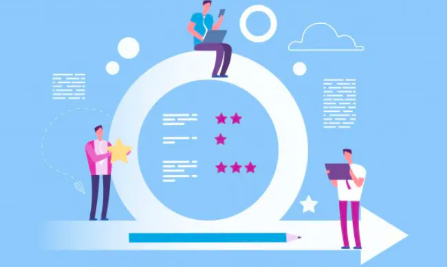
February 27, 2024
In today’s fast-paced and ever-changing business environment, organizations need to stay agile and adaptable to survive and thrive. To do so, continuous learning has become crucial to ensure that employees have the necessary skills and knowledge to adapt to change. In this blog post, we will explore the importance of continuous learning and how it can help organizations become more agile.
Understanding the need for organizational agility: Before we dive into the benefits of continuous learning, let’s first understand the importance of organizational agility. An agile organization is one that can quickly and effectively respond to changes in the market or industry. For businesses to remain competitive, it’s essential to have an agile workforce that can adapt to changing circumstances. This is where continuous learning comes into play.
Benefits of continuous learning: Continuous learning enables employees to acquire new skills, knowledge, and competencies that are essential for an agile workforce. It helps employees stay up-to-date with the latest trends, technologies, and best practices in their industry. This, in turn, helps organizations remain competitive and stay ahead of the curve. Besides, continuous learning also increases employee engagement, motivation, and job satisfaction, leading to higher productivity levels.
The role of technology in continuous learning: Technology has revolutionized the way we learn and has made continuous learning more accessible than ever before. E-learning platforms, online courses, and webinars are just a few examples of how technology has transformed the learning landscape. Organizations can leverage these tools to provide their employees with the necessary training and development opportunities to stay agile and adapt to change.
Implementing continuous learning in the workplace: To reap the benefits of continuous learning, organizations need to implement a structured and strategic approach. It starts with creating a culture of learning where employees feel encouraged to develop new skills and learn continuously. Organizations need to provide their employees with the necessary resources and tools to support continuous learning, such as setting up a learning management system, providing access to online courses, and offering training and development opportunities.
Measuring the impact of continuous learning: Tracking the impact of continuous learning is crucial to understanding its effectiveness and making necessary adjustments. Organizations need to establish key performance indicators (KPIs), such as employee performance, productivity, and retention rates, to measure the impact of continuous learning. This helps organizations identify areas that require improvement and make data-driven decisions to align their learning and development programs with their business objectives.
Conclusion:
To remain competitive in today’s rapidly changing business environment, organizations need to prioritize continuous learning. Adopting a culture of learning and implementing a structured approach to continuous learning can help organizations become more agile and adaptable to change. By understanding the importance of organizational agility, leveraging technology, and measuring the impact of continuous learning, organizations can stay ahead of the curve and achieve their business objectives.













